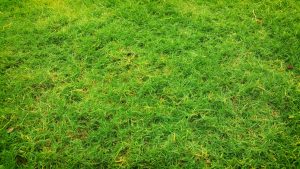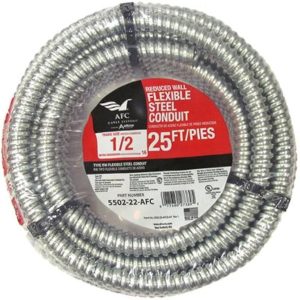Dry Lubricants – WS2, hBN and MoS2
In a machine where two parts are moving in relative motion to each other, it leads to friction and wear. Friction is responsible for large amounts of energy being released and this reduces the efficiency of the machine. Lubricants are used to reduce the friction and wear.
There are different types of lubricants such as dry/solid lubricants, semi-solid lubricants, liquid lubricants, and gaseous lubricants. Lubricants are added between the two moving parts to achieve lubrication. The process of applying the lubricant between the two surfaces is called lubrication.
Dry lubricants are sold materials that can be used to reduce friction and wear between the moving parts of machinery. They help to eliminate the direct contact between the two surfaces. Lubrication is important for the reliability and longevity of the moving parts.
The main purpose of lubrication is to reduce the loss of energy due to friction. It helps to improve the performance and the life of the machinery. It helps to reduce the maintenance cost of the machines.
Dry lubricants are used in applications where the liquid or semi-solid lubricant film cannot be maintained. They are preferred for lubrication in applications where the operating temperature or load is too high. They can be used in harsh environments, high vacuum, and high-pressure applications.
Dry lubricants can be used in the form of dispersed particles or coated films on the surfaces of the moving parts. They provide protection and avoid damage to the moving parts during motion. The most common solid lubricants are Tungsten disulfide (WS2), Hexagonal Boron Nitride (CBN) and Molybdenum Disulfide (MoS2). Dry lubricant sprays are suspensions of microsized particles in Aerosol form.
Uses of lubricant sprays
- Lubricant sprays can be used to lubricate the moving parts in vehicles like locks, levers, door hinges, seatbelts, and more. They can be used to lubricate doors, tracks, latches, and window guides in the houses. You can even soften leather gear with these sprays.
- They can be used to lubricate knives, blades, cutting surfaces, tools, valves, and more. They can be used to lubricate chains, gears, bearings, pulleys, sports equipment, lawn equipment, and other moving parts. It can help to increase the life of tools and ease of use.
- They can be used as a release agent while molding rubber or plastics and more. They can be used to lubricate injection molding dies and more.
Type of dry lubricants
Tungsten Disulfide (WS2)
It is an inorganic chemical compound. and is classified as a Transition Metal Dichalcogenide (TMD). It occurs naturally as a rare mineral Tungstenite. It has a layered lattice structure with a layer of Tungsten atoms sandwiched between two layers of Sulphur atoms. This forms the S-W-S molecular layer. Within the layer, the Tungsten and Sulphur atoms bonded with strong covalent bonds. The layers are connected together by weak Van der Waals forces. The layers can easily slide against each other when a shear force is applied. This gives WS2 good lubricating properties.
WS2 can work effectively as a lubricant in a temperature range of -270° C to 650° C in a normal atmosphere and -188° C to 1316° C in a vacuum. It has a coefficient of friction of 0.03.
Hexagonal Boron Nitride (hBN)
It is the most stable form of Boron Nitride (BN) and has a layered structure similar to Graphite. It is white in colour and also known as ‘White Graphite’. Within the layer the Boron and the Nitrogen atoms are bonded with strong covalent bonds and the layers are connected by weak Van der Waals forces. When a shear force is applied the adjacent layers can easily slide against each other. This gives hBN good lubricating properties.
hBN can function effectively as a lubricant up to a temperature of 1000° C in air, 1400° C in vacuum, and 2800° C in inert atmosphere. It has a low coefficient of friction at 0.5 – 0.7.
Molybdenum Disulfide (MoS2)
It is an inorganic compound and is classified as a Transition Metal Dichalcogenide (TMD). It occurs naturally as mineral ores Molybdenite and Jordisite. It has a layered structure where a layer of Molybdenum atoms is sandwiched between two layers of Sulphur atoms. Within the layer the Molybdenum and the Sulphur atoms are bonded with strong covalent bonds and the layers are connected by weak Van der Waals forces. The layers can easily slide against each other and give MoS2 good lubricating properties.
MoS2 can function as a lubricant up to a temperature of 400° C. It has a coefficient of friction of 0.05.














Post Comment
You must be logged in to post a comment.